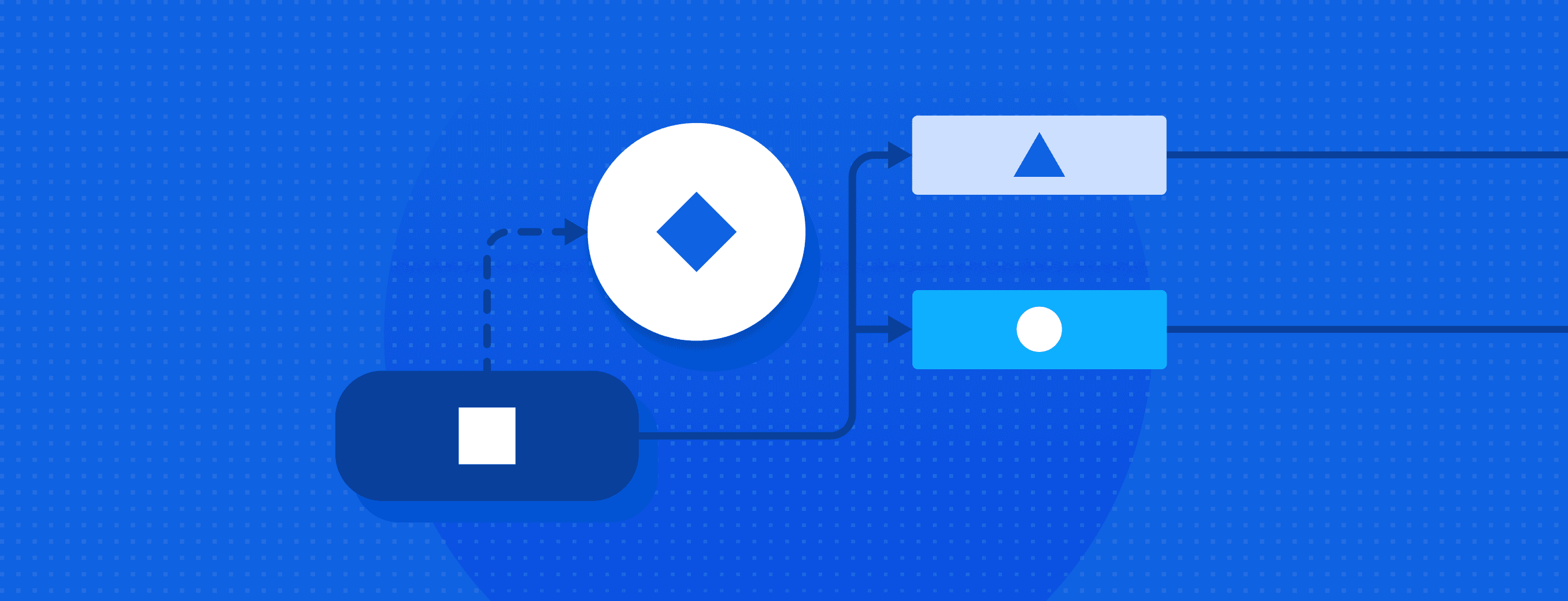Clickstream Analytics: A Gamechanger for eCommerce

Websites and mobile applications are the digital storefronts of every eCommerce company. The move to digital lowered the entry point to establish a retail business, and it removed the barriers of time and distance from the customer acquisition equation. But digital commerce comes with it’s own challenges. Without in-person interaction, building a great customer experience looks completely different. Inspiring brick and mortar stores with skillful sales people must be replaced by creative and frictionless user experiences. Building a great eCommerce experience still requires getting to know the customer. It’s how you get to know the customer that’s different. It requires smart real-time data collection and data analytics. This is where clickstream analysis comes in an separates the good companies from the great ones. Clickstream analysis is a vital tool to help eCommerce companies understand their customer journey to enhance their customer experience, improve conversion rates, and optimize marketing spend.
In this article, we’ll give you a primer about clickstream analytics covering what it is, what it does, and why it’s so useful for eCommerce businesses. For a real world example of how you can use clickstream data analysis to understand the customer journey, check out how, La-Z-Boy’s eCommerce store, Joybird is using data to build a better customer experience.
What is clickstream analytics?
A clickstream is a sequence or stream of events that represent user actions (clicks) on a website, ios, or android application. But the scope of clickstream analysis extends beyond clicks. It includes product searches, impressions, purchases, and any other relevant user interactions that can help the business better understand the customer.
Traditionally, clickstream data collection for website and application data sources is done through the use of JavaScript-based trackers. These trackers send POST requests to the remote collector servers and then store the incoming data in formats appropriate for consumption by the analytical tools.
Now that we have a fundamental grasp on clickstream analytics, let’s look at some of the clickstream analysis use cases that address the challenges we mentioned above:
- Ensuring good conversion rates
- Enhancing customer experience
- Optimizing digital marketing spend
- Up-selling and cross-selling
Conversion
Research shows that average eCommerce conversion rates (a user session that culminates with a purchase) are between 2% – 3%. This is despite the fact that many eCommerce sites provide some kind of product recommendations to customers.
Often specialized Recommender Engines or Market Basket Analysis systems are responsible for making these recommendations to the customers. However, both of these tools suffer from some inherent weaknesses. They essentially leverage aggregate users past purchase behavior to provide product recommendations. They only consider the purchase once it is completed, and they do not take into consideration the train of thought that led the user to that purchase. An individual user’s purchase propensity might not always be in sync with the other users in the same segment or category.
With clickstream data you can effectively capture each individual user’s browsing pattern and leverage this data to predict page displays that will lead to high purchase probability.
Improving product experience to enhance customer experience and customer journey
You can combine clickstream data with other website/application-specific data to help you make improvements that enhance customer satisfaction and drive purchases. Clickstream analysis can help inform user experience improvements by:
- Providing website and app performance metrics. Standalone records of clickstream data can help you identify the products or pages that attract the most user visits, where users spend the most time on the site or the app, etc. This analysis can then be used to optimize the platform or the product.
- Giving context to customer feedback. Clickstream data contains information such as the URL of each page visited by the customer, the date and time of the page visit, and the page load time. In the event of negative customer feedback related to the website or the app, this data related to the customer’s site navigation can help you identify potential causes of dissatisfaction like a high page load time.
- Providing user flow information. You can combine timestamps and URLs from clickstream data to construct a customer’s sequence of page visits. You can analyze these user flows to optimize the website layout to ensure that customers are able to get to their desired pages with the least number of clicks.
- Exposing friction points. In cases where customers are searching for a product, the search query can be included in the clickstream data. You can then use text mining techniques to the query data and better understand user intent. These insights can help you remove friction to route customers to desired products more easily.
Optimizing digital marketing spend
Distribution of your paid digital advertising spend should be driven by insights based on your audiences propensity to respond to digital advertisements. Clickstream data can help you drive this data driven approach to digital marketing. With clickstream data analysis you can:
- Determine how much traffic your paid search engine and social media campaigns drive
- Determine how effective your campaigns are by analyzing the outcomes from campaign driven traffic. You can break down user behavior for campaign driven traffic by stage (e.g. Product View, Cart Addition, Checkout, Purchase) to assess how campaign traffic successfully transitions toward conversion and determine where users exit.
- Identify which campaigns and which creatives contribute to faster or higher value conversions.
- Leverage timestamps to determine the months, days, and times when different campaigns and creatives are most effective.
- Leverage timestamps to compare the amount of time spent by users visiting the site from paid campaigns with the overall trends.
Upselling and cross-selling
In eCommerce, upselling refers to the practice of encouraging your customers to buy a higher-end version of the product that they’re interested in. Cross-selling refers to recommending related or complementary items for your customers to purchase. Recommending headphones when the customer is looking to buy a phone is an example of cross-selling.
You can use clickstream data to facilitate cross-selling and upselling with the help of various clustering algorithms. These algorithms use different dimensions of the clickstream data such as user demographics, browsing patterns, purchasing patterns, and price preferences as features to build an appropriate model. This model can then be used to recommend appropriate products to your customers for upselling and cross-selling.
The role of CDI in delivering the power of clickstream
Taking advantage of clickstream analytics requires a customer data infrastructure (CDI) capable of streaming event data to all of the tools you use for analytics and activation. Tools like Amplitude and Mixpanel are excellent platforms for analytics, but the challenge of integrating them with your existing infrastructure can hold you back from whole-heartedly embracing the power of clickstreams. Beyond integration, there’s also the issue of ensuring complete data privacy and ownership of your data. You can build your own CDI, or you can use a tool that provides this infrastructure for you out of the box to address these data integration challenges.
RudderStack is an open-source CDI tool that gives you the freedom to capture and route your clickstream data from every website and mobile app to your preferred third-party analytics platforms (and every other tool in your stack) while ensuring data privacy and control. Download our Data Maturity Guide to learn more about how you can use your customer data to increase your eCommerce sales and deliver greater customer satisfaction to build a large, loyal customer base.
Get the Data Maturity Guide
Download our Data Maturity Guide to learn how to build a data stack to fuel your growth at every phase.
Published:
December 26, 2019

Understanding event data: The foundation of your customer journey
Understanding your customers isn't just about knowing who they are—it's about understanding what they do. This is where clean, accurate event data becomes a foundational part of your business strategy.

Data automation: Tools & tactics for automated data processing
With the right automation tools, you can eliminate hours of tedious work while dramatically improving data accuracy and availability. This article explores how data automation works and how it can transform your approach to data management.

How Zoopla transformed real estate experiences with data-driven personalization
Learn how Zoopla, a leader in the UK real estate space, transformed real estate experiences with data-driven personalization and RudderStack's customer data infrastructure.






